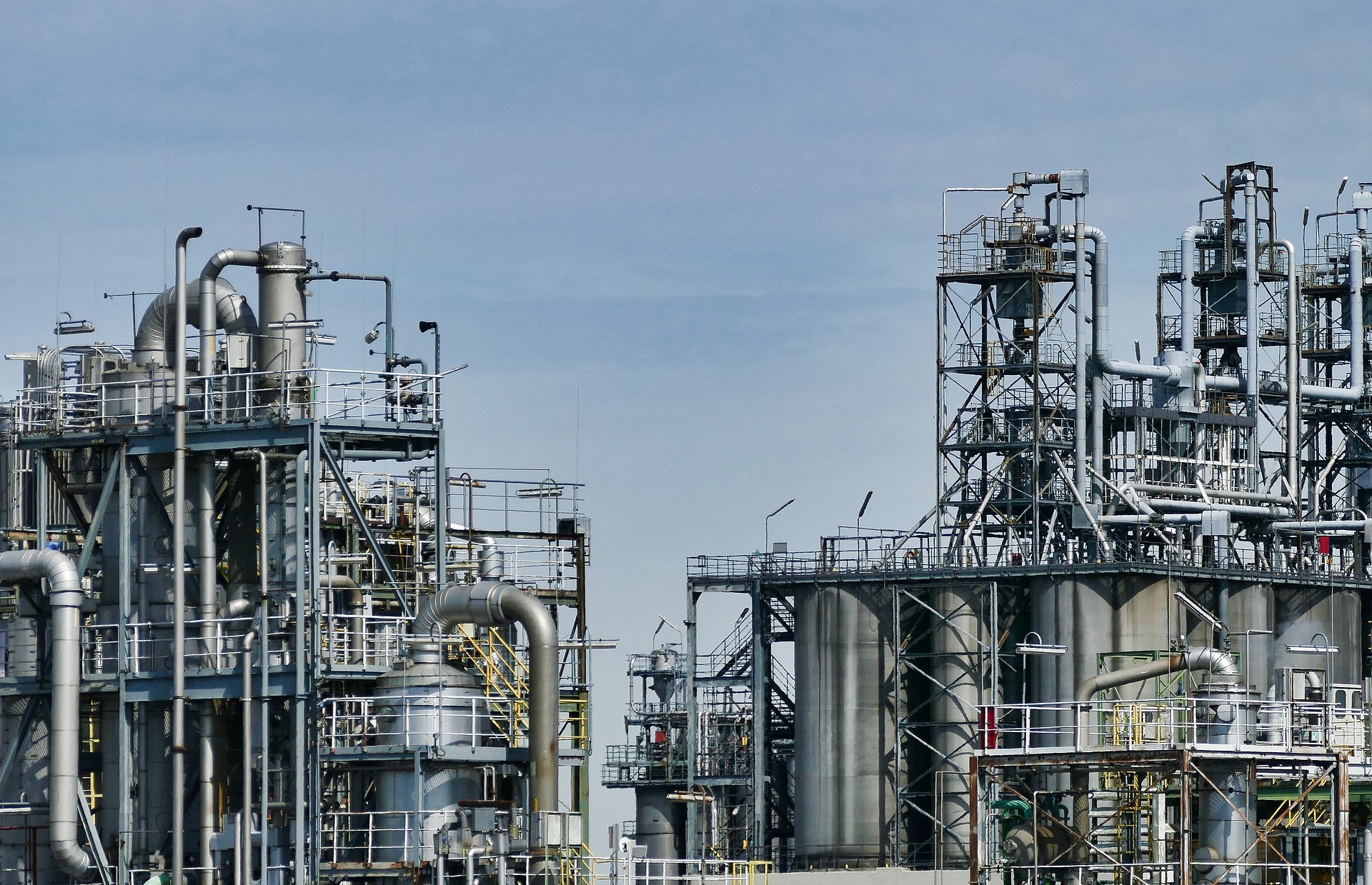Chemical Recycling: What is it?
by Justin Given at 17:05 in Circular Economy, Emerging, Packaging
In recent years, there has been intensified efforts to address the issue of plastic waste as governments across the world are attempting to close the loop. Through this push for effective waste management, chemical recycling has become a promising solution, offering a new approach to tackle the challenges posed by traditional plastic recycling methods. But what exactly is chemical recycling, and how does it differ from conventional recycling processes.

What is Chemical Recycling?
Chemical recycling, also known as advanced recycling, is a process that breaks down plastic waste into its molecular components through chemical reactions. Unlike mechanical recycling, which involves melting down plastics to create new products, chemical recycling converts plastics into their raw materials, such as monomers or petrochemical feedstocks. These converted materials can then be used to produce new plastics, chemicals, or other materials, which would essentially close the loop on plastic waste. Mechanical recycling faces limitations such as high costs, degradation of mechanical properties, and inconsistent product quality, which are exacerbated by the absence of standards governing polymer grades and the influence of additives on recyclate quality.
The Chemical Recycling Process
Chemical recycling includes various techniques and processes, each with its own approach to breaking down plastic waste. However, the key principle remains consistent across all approaches, the conversion of complex polymers into the simpler chemical compounds. The following is a summarised breakdown of the process:
Feedstock Preparation: Plastic waste is collected and sorted to remove contaminants and non-recyclable materials. The sorted plastic is then shredded or granulated to facilitate the subsequent chemical processes.
Depolymerization: Depolymerization is the important step in chemical recycling, where the polymer chains of plastic are broken down into smaller molecules or monomers. This can be achieved through various methods, such as pyrolysis. Pyrolysis involves heating the plastic waste in the absence of oxygen to break it down into gases, liquids, and solids.
Purification and Separation: The resulting mixture of chemical compounds undergoes purification and separation processes to remove impurities and isolate the desired products. This may involve distillation, filtration, or other separation techniques to obtain higher-quality monomers or feedstocks.
Polymerization: Once purified, the recovered monomers or feedstocks can then be used as raw materials in polymerization reactions to produce new plastics or other materials. These new materials can then be incorporated into various products, completing the recycling loop.
Benefits of Chemical Recycling
Chemical recycling provides multiple advantages over conventional mechanical recycling methods which are: Processing of Complex Plastics: Chemical recycling can handle mixed or contaminated plastics that are difficult to recycle through mechanical means, including multilayer packaging and composite materials.
Resource Recovery: By converting plastic waste into raw materials, chemical recycling facilitates the recovery of valuable resources and reduces the dependence on virgin feedstocks derived from fossil fuels.
Environmental Impact: Chemical recycling has the potential to reduce greenhouse gas emissions associated with plastic production by repurposing existing plastic materials rather than producing new plastics from scratch.
Challenges and Considerations
While chemical recycling holds great promise, it also faces challenges and considerations that must be addressed for widespread adoption:
Scalability: The scalability of chemical recycling technologies remains a concern, as large-scale implementation would require significant investment in infrastructure and technology development.
Regulation: Clear regulatory frameworks and standards that are specific to chemical recycling is needed to ensure the safety of chemical recycling processes, including the management of hazardous chemicals and by-products. Improved regulations around chemical recycling will also allow for further growth of this type of recycling. Currently the European Union are investigating the potential of chemical recycling through the Circular Economy Action Plan. Similarly in the US, the Environmental Protection Agency (EPA) began a formal rulemaking process in 2021, to determine if any additional regulation of pyrolysis and other related chemical recycling technologies was needed at the national level.
Chemical recycling offers a lot of potential in solving the issue plastic waste, converting it into valuable raw materials and progressing towards a circular economy. However, widespread adoption would require a substantial amount of collaboration across the industry by stakeholders and policy makers to overcome challenges that these technologies currently face.
If you would like to know more about how this topic might impact your packaging, please contact us to talk to one of our consultants.
 Click here to receive regular updates on blog posts, webinars, and regulatory changes directly to your inbox
Click here to receive regular updates on blog posts, webinars, and regulatory changes directly to your inbox

